7 Most Used Indian Spices in Winter: Nature’s Warmth in Every Pinch

There’s something magical about Indian winters — the early morning fog, the comforting smell of ghee in hot parathas, and the slow simmer of chai on the stove. But there’s one thing that truly brings our kitchens to life this season — spices.
If you’ve ever noticed, winter recipes in Indian homes tend to taste deeper, richer, and more aromatic. It’s not just about flavor — it’s about warmth. Our ancestors weren’t just cooking delicious food; they were practicing a form of natural medicine through spices.
In my own home, winter officially “arrives” the day we start adding extra ginger to our chai and sprinkle turmeric more generously in our sabzis. These small adjustments are more than habits — they’re traditions rooted in centuries of wisdom.
So, let’s open your spice box together and explore the 7 most used Indian spices in winter — and how you can use them not just for flavor, but for comfort, immunity, and healthiness.
Why Indian Spices Are a Winter Essential?
In Ayurveda, spices aren’t just flavoring agents; they’re functional foods. During winter, when the body’s metabolism naturally slows and the air turns dry and cold, spices act as internal heaters — boosting circulation, aiding digestion, and fighting seasonal infections.
Think of them as nature’s cozy blanket for your body. And the best part? You don’t have to do anything complicated — just use them a little smarter.
1. Ginger: The Zing That Warms You Inside Out
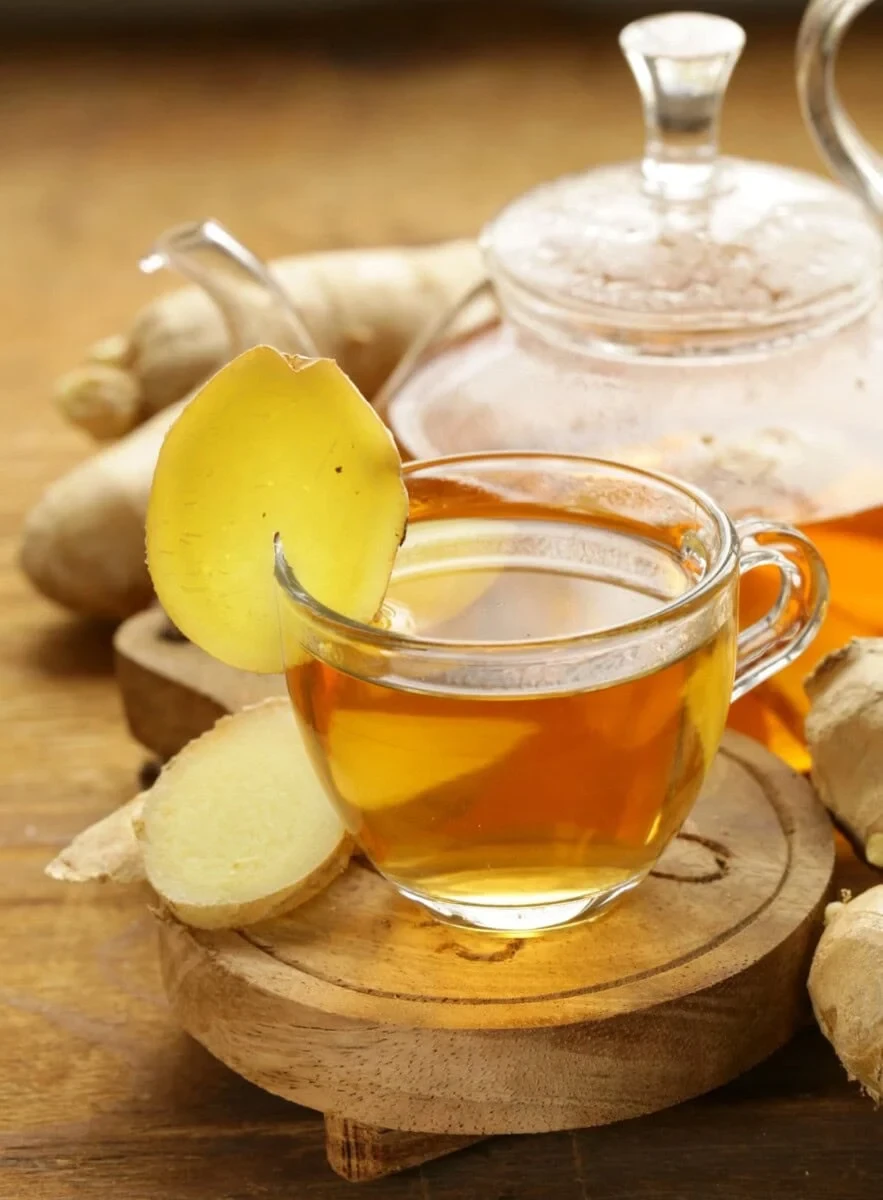
- Quick Intro: That familiar punch in your adrak wali chai? That’s ginger doing its magic.
- Uses: Fresh ginger is perfect for tea, curries, and soups, while dried ginger powder (sonth) makes an appearance in laddoos, kadhas, and even warm desserts.
- Benefits: It boosts circulation, fights colds, and helps relieve sore throats (source) — no wonder every Indian mom swears by “adrak wali chai” when you sniffle.
- Tip: Grate a small piece of fresh ginger into your morning lemon water. It instantly wakes up your system and boosts digestion.
- Mistake to Avoid: Adding too much raw ginger to milk-based drinks can cause curdling. Always simmer it gently first or use dried ginger instead.
Try Chukde’s Ginger Powder — it’s sun-dried, natural, and perfectly balanced for kadhas and winter sweets.
2. Turmeric: The Golden Shield of Winter
- Quick Intro: If warmth had a color, it would be turmeric’s golden yellow.
- Uses: From golden milk to curries and stews, turmeric brings color, flavor, and health benefits to nearly every winter dish.
- Benefits: Curcumin, turmeric’s active compound, is a natural anti-inflammatory and immunity booster. It keeps joint pains (source).
- Tip: Always pair turmeric with black pepper. Piperine in black pepper enhances curcumin absorption by up to 2000%.
- Mistake to Avoid: Adding turmeric directly to oil at high heat can make it bitter. Instead, mix it with water or add it mid-way through cooking.
And if you’re wondering about quality — Chukde’s Turmeric Powder is clean and rich in curcumin, ensuring both naturality and potency.
Read more in detail:
- All About Turmeric (Haldi) – Benefits, Uses, Side Effects
- 5 Health Benefits Of Turmeric That You Didn't Know About
3. Cinnamon: Sweet Warmth in Every Whiff
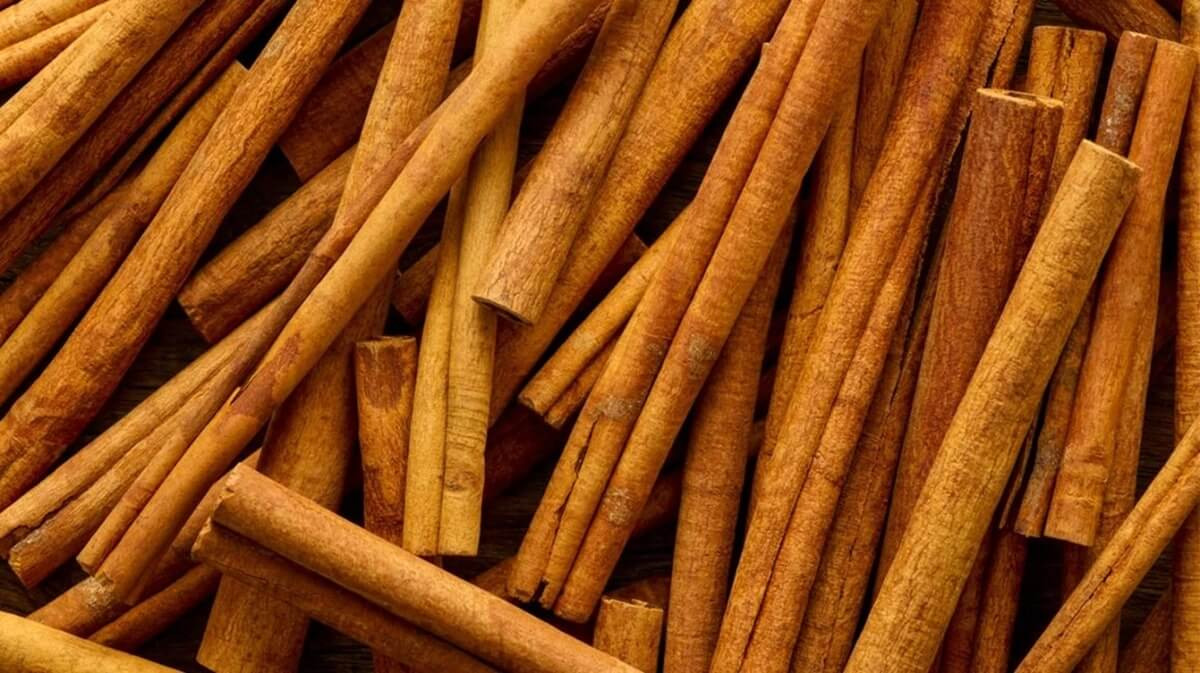
- Quick Intro:The moment you catch that sweet, woody aroma, you know something comforting is cooking.
- Uses: Cinnamon pairs beautifully with porridge, kheer, chai, or even coffee. It’s also great for marinades and spice blends.
- Benefits: It lowers blood sugar levels, improves insulin sensitivity, and adds a soothing warmth to your food (source).
- Tip: Try steeping a small stick of Chukde’s Cinnamon in your morning tea — it curbs sugar cravings naturally.
- Mistake to Avoid: Avoid overusing powdered cinnamon; its flavor intensifies quickly. A pinch is enough to transform a dish.
4. Cardamom: The Queen of Aroma
- Quick Intro: If you’ve ever bitten into a warm gulab jamun or taken a sip of masala chai and smiled, cardamom was probably behind it.
- Uses: Green cardamom (elaichi) adds freshness to desserts, chai, and pulao. In winters, it balances the heaviness of ghee-rich foods.
- Benefits: It aids digestive support and oral health to blood pressure regulation and respiratory relief (source)
- Tip: Lightly crush cardamom pods before adding them to milk or tea for maximum flavor.
- Mistake to Avoid: Don’t throw away the pods after taking out seeds — steep them in tea or kheer for a subtle background note.
Read also: Chukde Introduces Improved Cardamom Seed Powder
5. Cloves: Small But Mighty
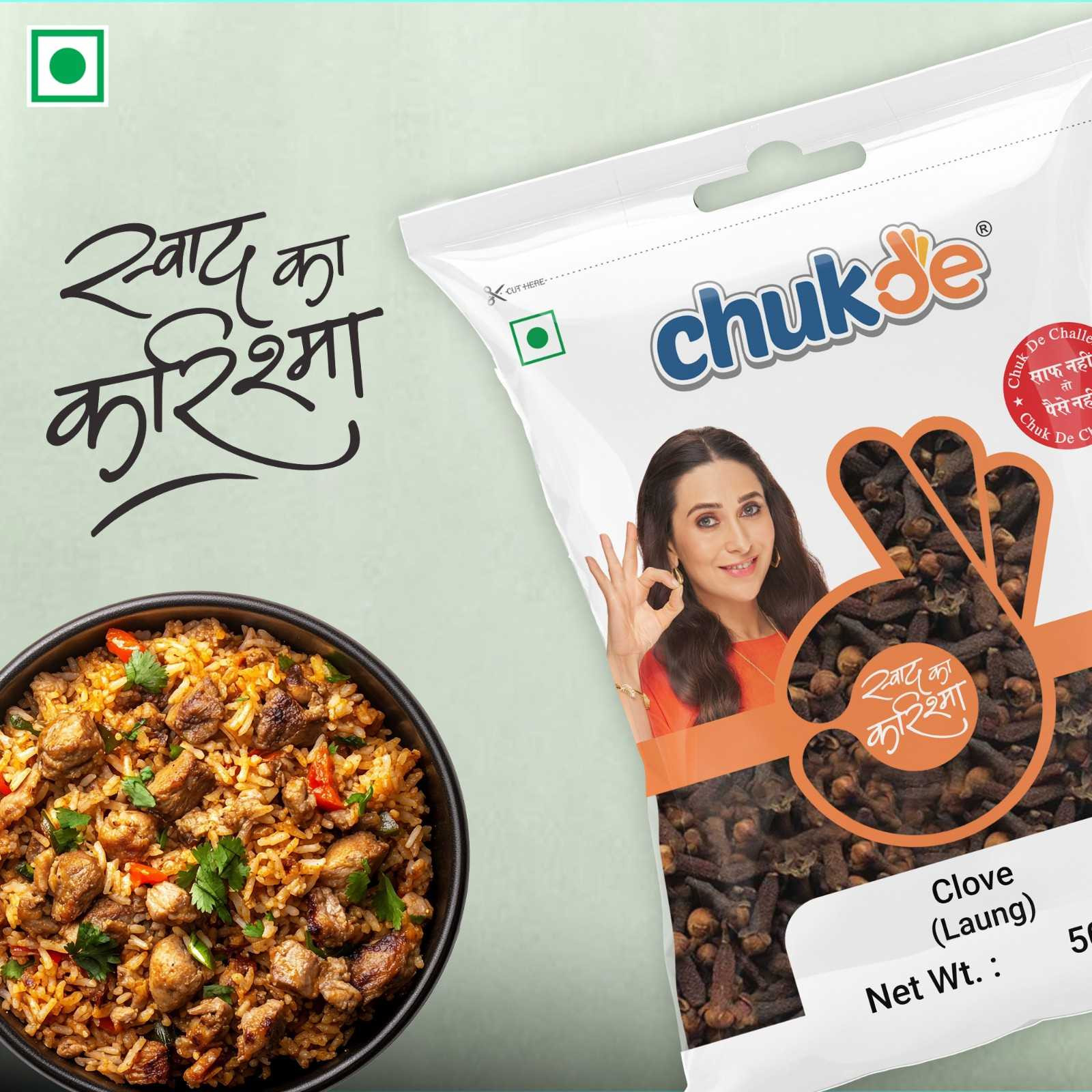
- Quick Intro: One tiny clove, and the whole kitchen smells like warmth.
- Uses: Perfect in chai, biryani, garam masala, or even a simple winter soup.
- Benefits: Cloves are rich in eugenol, known for their anti-inflammatory and pain-relieving properties. They’re excellent for sore throats and colds (source).
- Tip: Add a few Chukde Cloves to your humidifier water or a pot of boiling water — the aroma helps clear nasal congestion naturally.
- Mistake to Avoid: Avoid chewing cloves raw in excess; they’re potent and can irritate gums.
6. Nutmeg: The Cozy Winter Hug
- Quick Intro: Nutmeg (jaiphal) is that subtle warmth you can’t quite put your finger on — soft, sweet, and comforting.
- Uses: Sprinkle freshly grated nutmeg into halwa, kheer, or milk at bedtime. It’s also great in winter bakes and savory sauces.
- Benefits: Nutmeg helps induce better sleep, supports digestion, and provides mild pain relief — perfect for long, chilly nights (source).
- Tip: Grate it fresh rather than using pre-ground powder. The flavor difference is night and day.
- Mistake to Avoid: A little goes a long way — too much nutmeg can make dishes bitter.
7. Black Pepper: The Winter Warrior
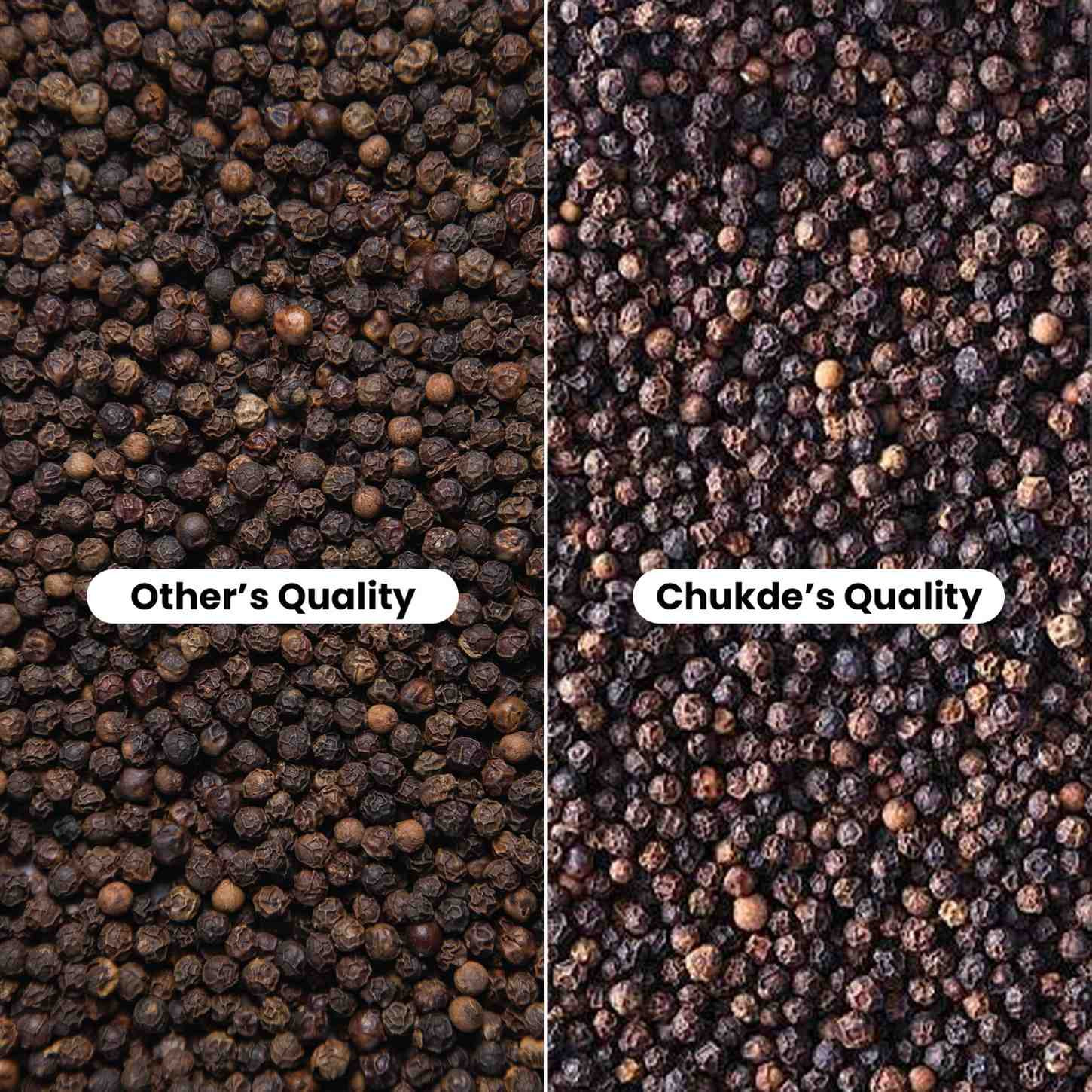
- Quick Intro: Before chilies became popular in India, black pepper ruled our spice boxes — and for good reason.
- Uses: From soups and stews to chai and kadhas, pepper adds a warming sharpness that enhances every flavor it touches.
- Benefits: It’s a natural decongestant, improves digestion, and enhances nutrient absorption — especially when paired with turmeric (source).
- Tip: Always grind pepper fresh to retain its oils and heat. Pre-ground pepper loses potency quickly.
- Mistake to Avoid: Don’t add pepper too early during cooking — the volatile oils evaporate with heat. Sprinkle it towards the end.
Final Thoughts
Indian winters are all about slowing down, nourishing your body, and enjoying food that feels like a hug from the inside. Spices aren’t just ingredients — they’re ancient healers that make that warmth possible.
So this winter, take out your spice box and give it some love. Try experimenting with your chai, soups, or sweets. And if you’re looking for high-quality, cleaned, and finest spices, explore Chukde’s spice range — natural, potent, and full of flavor that makes every winter meal memorable.
FAQs
1. Which foods to eat in winter?
Opt for warming foods like ghee, whole grains, root vegetables, lentil soups, and spice-infused teas. Think sarson ka saag, halwa, ginger chai, and turmeric milk.
2. Which spices relieve cold and cough symptoms?
Ginger, cloves, black pepper, and turmeric are your best friends. A simple kadha made from these can work wonders for sore throats and congestion.
3. How to make a warming winter spice tea blend?
Boil 2 cups of water with a small piece of ginger, 2 cloves, a pinch of turmeric, 3 black peppercorns, and half a cinnamon stick. Simmer for 5–7 minutes, strain, and enjoy with honey.
4. How do spices help in winter?
Spices improve digestion, boost immunity, and promote circulation. They help your body generate heat naturally — which is why meals feel more satisfying in winter.
Related articles
Checkout in
& get 2% OFF

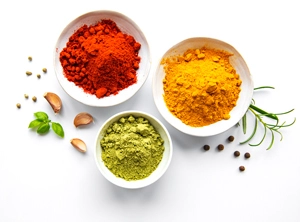

 Cart
Cart


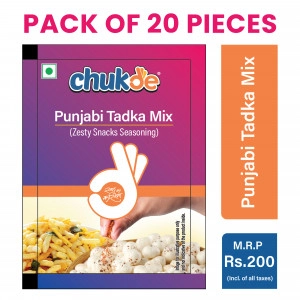
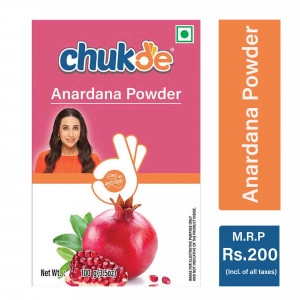
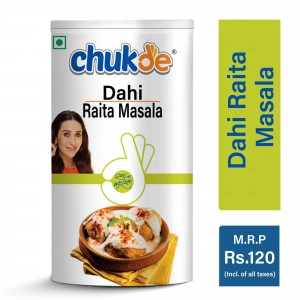
 <% cart_fragment.free_shipping_message %>free shipping
<% cart_fragment.free_shipping_message %>free shipping





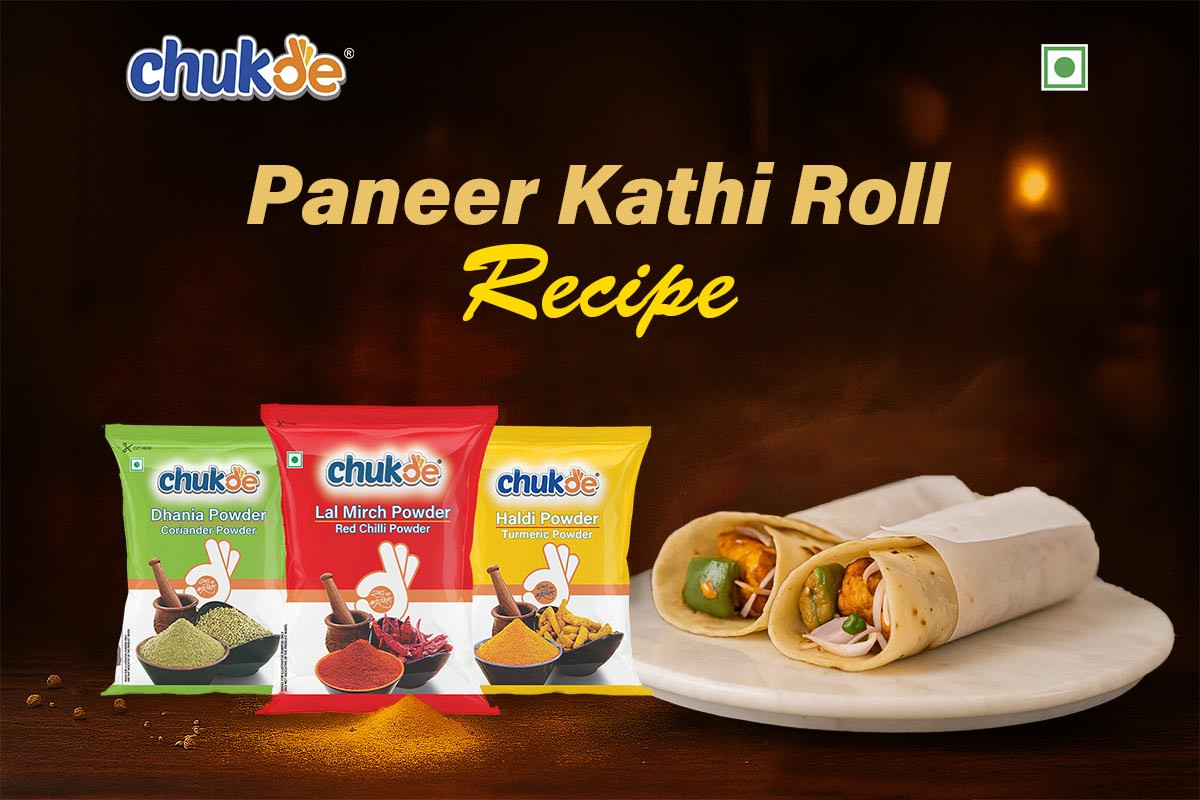
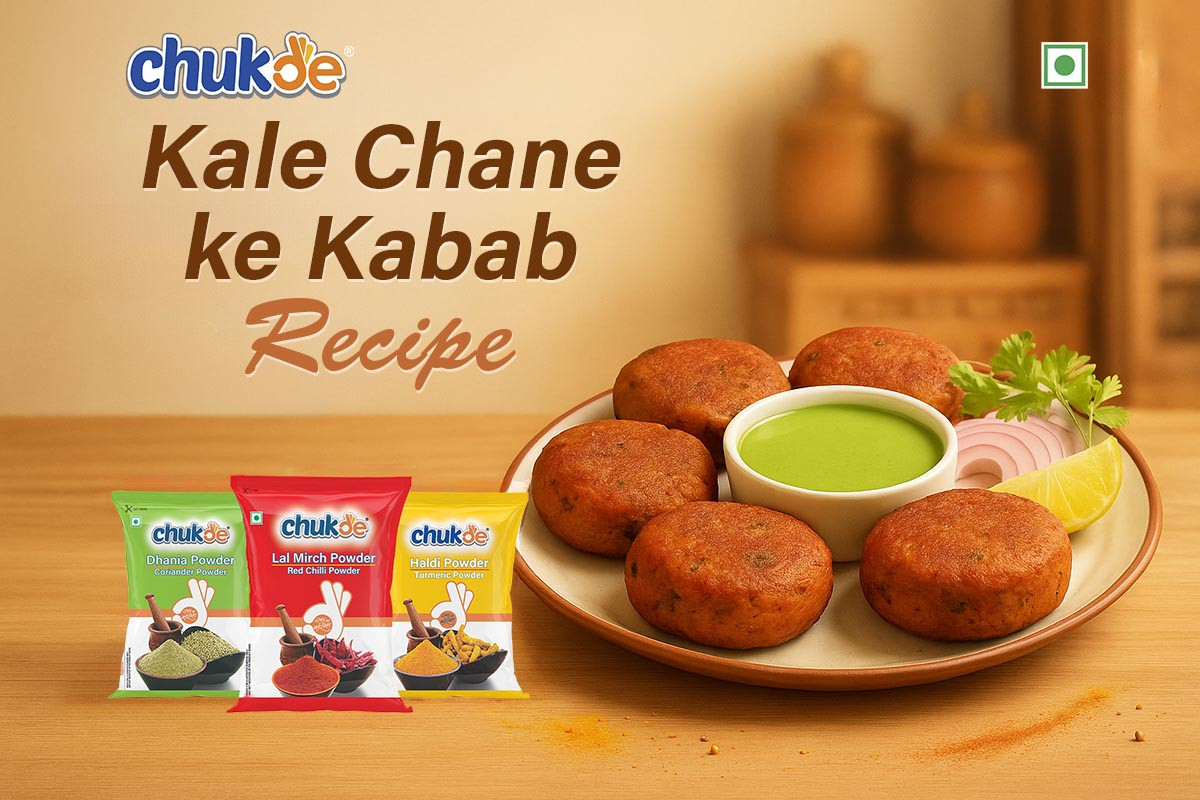
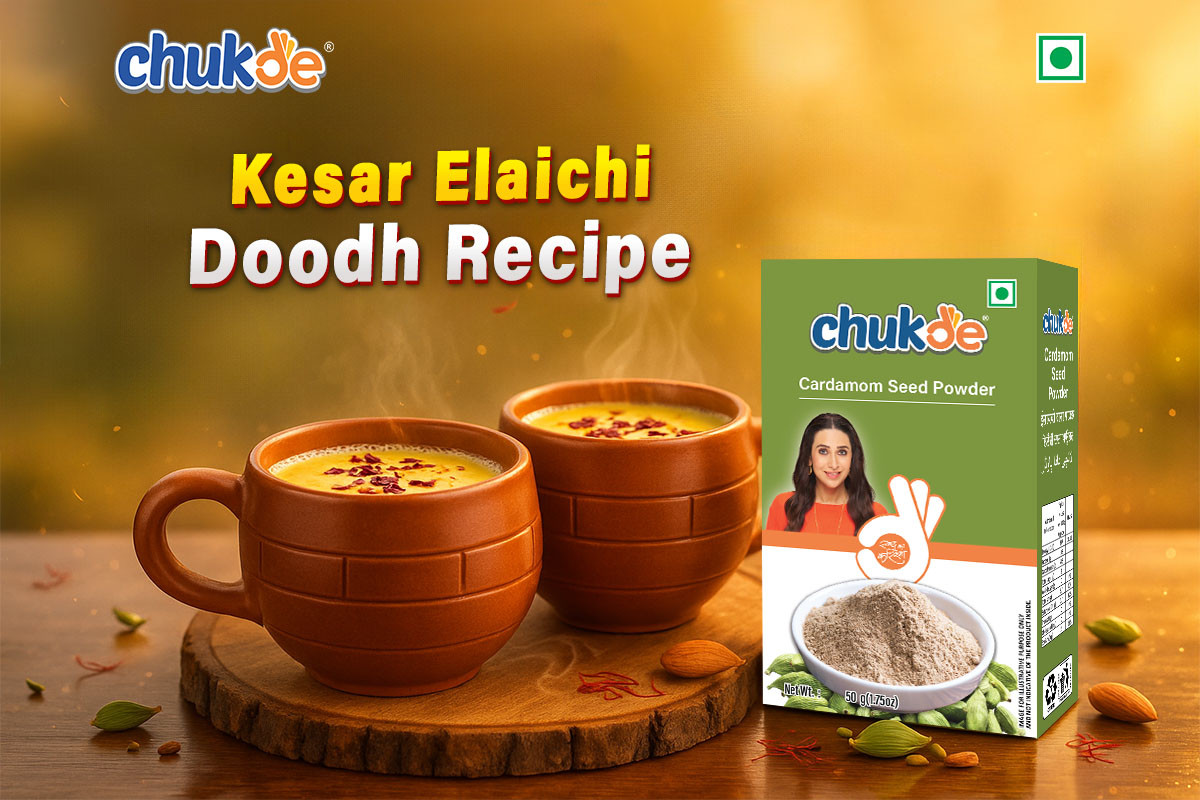
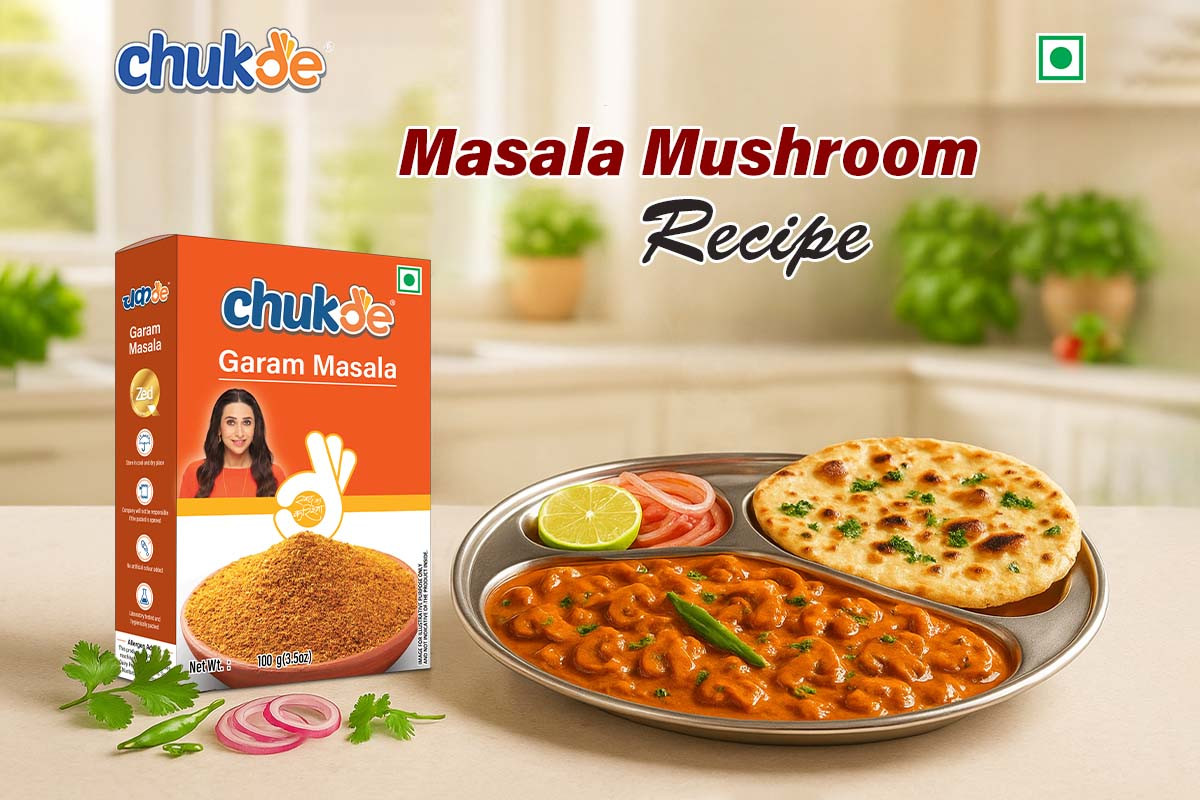
 TBS points:
TBS points: 


 100% safe
checkout
100% safe
checkout




